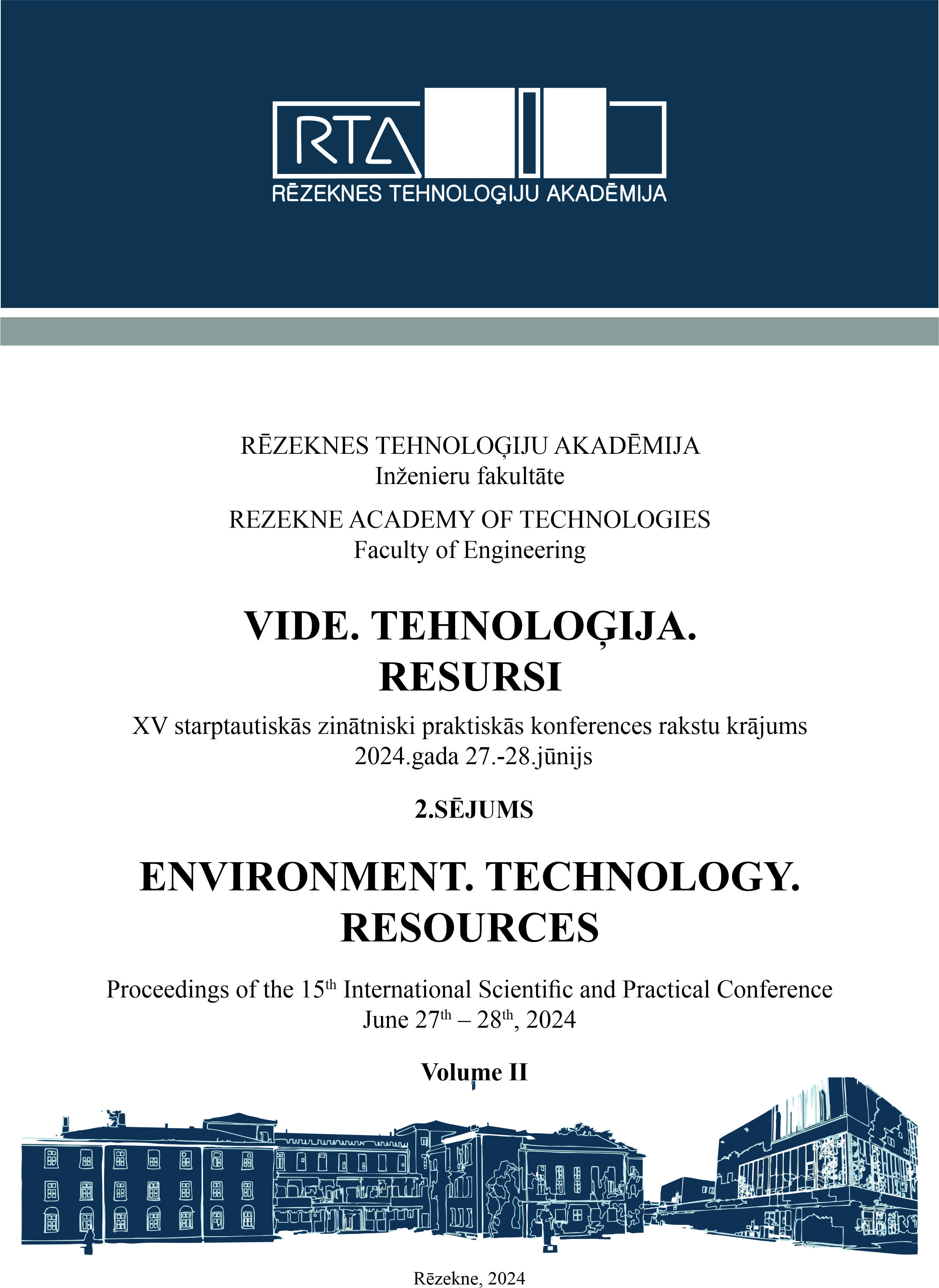FRAMEWORK FOR ENHANCING CUSTOMER LOYALTY OF TELECOMMUNICATION COMPANIES IN INDIA: A CASE OF RELIANCE JIO INFOCOMM LTD
DOI:
https://doi.org/10.17770/etr2024vol2.8056Keywords:
Customer loyalty, Indian Telecommunication Industry, Brand image, Customer SatisfactionAbstract
Enhancing customer loyalty has become a significant concern for several organisations due to the increased competition in the industries. The Indian Telecommunication Industry has experienced a major shift after the launch of Reliance JIO. Many customers have been attracted to Reliance JIO, but it is important for this company to transform the existing customers into loyal customers. The objective of the research is to identify the factors that may increase the brand loyalty of the customer in this industry. To reach this objective the following tasks were set: (1) to research scientific literature on customer loyalty, in general, and in the sphere of telecommunications, in particular; (2) to work out research methodology; (3) to carry out empirical research and discuss results. The research question: What are the factors that can enhance the customer loyalty in the telecommunication industry? Data is collected via customer survey (n=250) and processed by SPSS. The main result of the research lies in the developed customer loyalty framework for telecommunication companies. Practical significance of results lies in recommendations how to enhance customer loyalty towards Reliance Jio Infocomm, Ltd.
References
A.-S. Kihara and G.-K. Ngugi, “Factors influencing customer loyalty in telecommunication industry in Kenya,” International Journal of Social Sciences and Entrepreneurship, vol. 2, no. 4, pp. 14-30, 2014.
N. Imbug, S.-N.-A. Ambad and I. Bujang, “The influence of customer experience on customer loyalty in telecommunication industry,” International Journal of Academic Research in Business and Social Sciences, vol. 8, no. 3, pp.103-116, 2018.
S. Mani,“The Mobile Communications Services Industry in India: Has it led to India becoming a manufacturing hub for telecommunication equipment?” Pacific Affairs, vol. 85, no. 3, pp. 511-530, 2012.
A.-A. Erumban and D.-K. Das, (2016). “Information and communication technology and economic growth in India,” Telecommunications Policy, vol. 40, no. 5, pp. 412-431, 2016.
Y.-R. Khan, “Customers perference and satisfaction towards reliance-4 g Jio services in Tiruchirappalli district.,” Jamal Academic Research Journal: An Interdisciplinary, vol. , no.1, pp. 31-37, 2020.
R. Sharma and V. Jain, “CSR, trust, brand loyalty and brand equity: empirical evidences from sportswear industry in the NCR region of India,” Metamorphosis, vol. 18, no. 1, pp. 57-67, 2019.
A. Coelho, C. Bairrada and F. Peres, “Brand communities, relational outcomes, through brand love,” Journal of Product & Brand Management, vol. 28, no. 2, pp. 154-165, 2019.
D. Jamshidi and A. Rousta, “Brand commitment role in the relationship between brand loyalty and brand satisfaction: phone industry in Malaysia,” Journal of Promotion Management, vol. 27, no. 1, pp. 151-176, 2021.
D.-K. Sahoo and P.-K. Sahoo, “Efficiency, productivity dynamics and determinants of productivity growth in Indian telecommunication industries: An empirical analysis,” Journal of Public Affairs, vol. 22, no. 1, pp. 1-8, 2022.
S. Sun, (2022). “Number of smartphone users in India in 2010 to 2020, with estimates until 2040”, 2022. [Online]. Available at Statista. https://www.statista.com/statistics/467163/forecast-of-smartphone-users-in-india/ [Accessed 10.02.2024].
A.-A. Erumban and D.-K. Das, “Information and communication technology and economic growth in India,” Telecommunications Policy, vol. 40, no. 5, pp. 412-431, 2016.
A. Pant, “Determinants of customer loyalty: a study on the factors affecting reliance jio,” IJFANS International Journal of Food and Nutritional Sciences, vol. 11, no. 10, pp. 27-33, 2022.
A.-A. Erumban and D.-K. Das, “Information and communication technology and economic growth in India,” Telecommunications Policy, vol. 40, no.5, pp. 412-431, 2016.
R.-K. Upadhyay, “Disruption in Telecom Sector in India,” The Deliberation,November, 2019. [Online]. Available at Available at SSRN: https://ssrn.com/abstract=4146445 or http://dx.doi.org/10.2139/ssrn.4146445
S. Shenoy, “A study on Marketing strategies adopted by Reliance to push their sales in their Retail Mall Sahakari Bhandar,” Andrean Research Journal, vol. 6, no. 4, pp. 27-38, 2016-2017.
C. Barnali, “Code-Switching and Mixing in Communication− A Study on Language Contact in Indian Media,” The Future of Ethics, Education and Research, Scientia Moralitas Research Institute, pp. 110-123, 2017.
A. Talukdar and M.-K. Chowdhury, “The novel marketing strategy of reliance Jio that forever transfigured the telecommunication sector of india: a study,” International Journal of Management, vol. 12, no. 9, pp. 11-122, 2021.
R. Mukherjee, “Jio sparks Disruption 2.0: infrastructural imaginaries and platform ecosystems in ‘Digital India’,” Media, Culture & Society, vol. 41, no. 2, pp.175-195, 2019.
Y. Hole, M.-S. Pawar and E.-B. Khedkar, “Omni channel retailing: An opportunity and challenges in the Indian market,” Journal of Physics: Conference Series, vol. 1362, no. 1, November, 2019. [Online]. Avilable at https://ui.adsabs.harvard.edu/abs/2019JPhCS1362a2121H [Accessed 15.02.204].
S. Mehta, “Precarity and new media: Through the lens of Indian creators,” International Journal of Communication, vol. 13, pp. 5548–5567, 2019.
A. Verma, S. Dhande & A. Dhande, “Recent Trends in Digital Marketing in Indi,” Research Journey, vol. 88, p. 95. 2019.
Downloads
Published
Issue
Section
License
Copyright (c) 2024 Velga Vevere, Kamaldeep Singh, Iveta Linina

This work is licensed under a Creative Commons Attribution 4.0 International License.



